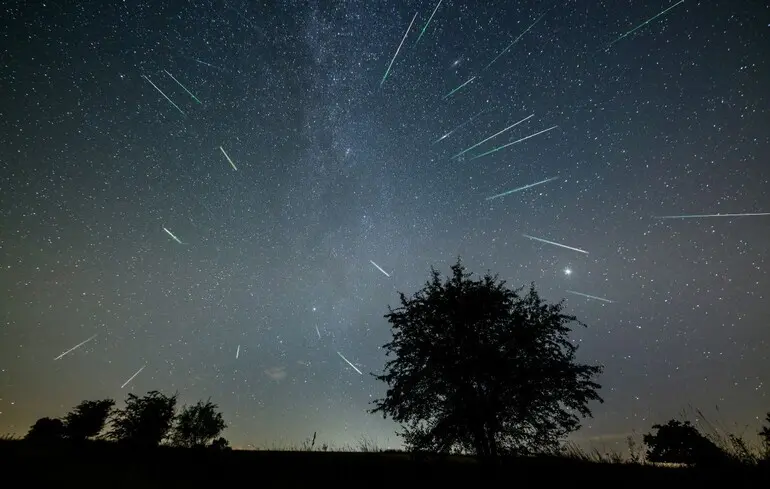The Most Spectacular Meteor Shower of the Year: When and How to Witness It

The upcoming month promises an awe-inspiring natural phenomenon that many astronomers and sky gazers eagerly await.
This is the most dazzling meteor shower of the year, drawing the attention of thousands worldwide as its peak occurs mid-August.
The Perseids, a meteor stream, is not only the most spectacular astronomical event of summer but also one of the most anticipated phenomena showcasing the beauty and interconnectedness of cosmic forces.
Although this activity lasts nearly a month and a half, the peak on August 12–13 promises the brightest display, with about 100 meteors streaking across the sky each hour.
From the ground, observers see a series of shimmering points racing through the darkness, emanating from a single radiant point located in the constellation Perseus — hence the name Perseids.
It’s important to understand that a meteor shower is not just an optical spectacle but a physical process—Earth passing through clouds of cosmic dust left behind by comets, including the famous Swift-Tuttle comet, which last approached Earth in 1992.
These dust particles, entering our atmosphere at speeds exceeding 214,000 kilometers per hour, burn up, creating bright streaks called meteors.
To fully enjoy this breathtaking event, it is recommended to move away from city lights and light pollution, as the Moon will be very bright this year and might obscure the view.
Also, keep in mind that meteorites—larger fragments that survive atmospheric re-entry—sometimes reach the Earth’s surface, adding to the magic of this astronomical spectacle.

